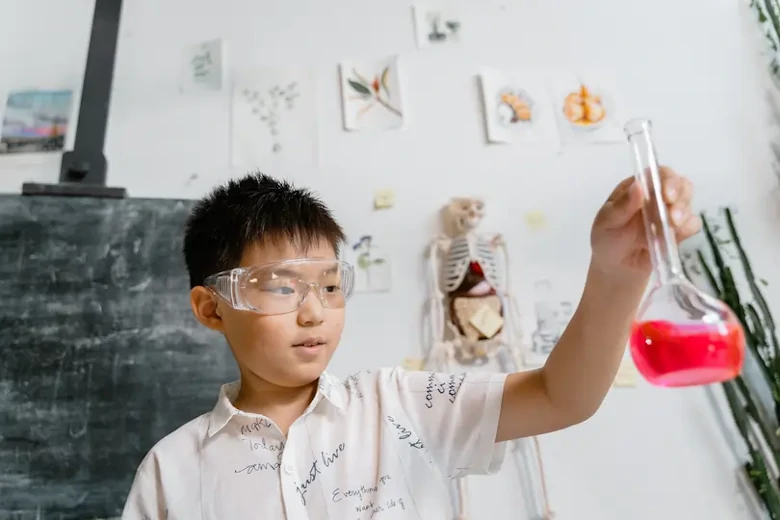How to help your child prepare for PSLE using The Montessori Approach

“The greatest gift that we can give our children are the roots of responsibility and the wings of independence.” - Maria Montessori
Many parents believe that Montessori is only for preschool children; however, that is far from the truth. Since the Montessori method primarily focuses on building independence and encouraging children to understand the subject matter, this method can help children of all ages, especially those preparing for PSLE.
Let’s first understand what is the Montessori method and then discuss how it can benefit your primary school child.
What is the Montessori method of learning?
The Montessori method of learning is based on:
- Respect for the child
- Self-directed and hands-on learning
The parent's role is to observe the child and provide a nurturing environment. In the case that your child enjoys Math, you can encourage them to play number games, while if they're interested in Science, you can provide space for them to conduct child-friendly experiments at home.

For the Montessori method to be effective for your primary school child, you first need to understand the key developmental stages that they are going through.
Some of these are:
1. They now understand abstract thought.
A child's reasoning skill begins to develop between the ages of 6 and 8. This is an essential problem-solving skill. That’s why, primary school children tend to ask many questions - especially “whys” and “hows”. Sometimes they may even ask questions that are not even related to the topic that they are studying. This is because now they can connect two topics in their heads - something that their younger brains couldn’t do. So they ask questions on the Geography of the place while learning about History or question the science in their art.
2. They are exploring morality.
Children of this age get attracted to the idea of things being ‘fair’ and ‘just’. So you’d find them pointing out things that don’t align with what they have been taught. However, this may cause them to come across as unintentionally rude, and parents need to be patient and give them space to figure out how the world works.
3. They’re developing their sense of order.
Many parents often find that their once messy child is suddenly putting things in place or their orderly child is being messy. This is normal as children are learning a sense of self and order. At this stage, the parents need to step back and let their children build their own sense of order in their surroundings.
Now that we know some aspects of how our children are learning and their brains are developing, we can determine how the Montessori techniques help them develop a keen understanding of the topics and score higher in PSLE.

1. Observe their natural rhythms.
If you observe your child's natural rhythms, you’ll be able to identify the time that your child is most productive and the time that they’re least productive and use it to your advantage when building their timetable. That’s why Geniebook offers both live and recorded classes, so if students can learn at the time and pace that’s convenient for them.
2. Encourage movement and activity.
One of the key aspects of Montessori techniques is to allow children to explore subjects in their own way. So, when learning about the periodic table, encourage them to walk around the house and identify different elements around them. Then you can have discussions on why mercury is used in thermometers or why nitrogen is used to pack their favourite potato chip packet.
Since children are now able to connect two things and use their imagination, they will become more interested in the topic. This in turn enables them to understand and retain the things that they learn.
Geniebook has recently introduced fun Discovery kits. We have carefully curated each kit to include a unique learning experience that includes engaging hands-on activities and mind-blowing experiments created by our team of passionate teachers. You can learn more about Discovery Kits here.
3. Offer choice.
A Montessori-based approach to education believes that children (and adults) are more likely to become engaged in an activity when they are in control. So, offer your child a choice by asking them which subject or topic they would like to focus on. You'd also need to ensure no subject or topic is overlooked - so offer these choices in such a way that your child can't avoid any of them.
4. Provide an environment that promotes learning.
To ensure that your child loves to learn, you need to create an environment where they have resources, routines, and space that's thoughtfully designed to make them curious.
Bring them to the library often, or plan activities around what interests your child to keep that learning spark alive.
All in all, let the children learn and explore the subjects. It’s best to start preparing for PSLE early, so your child isn’t overwhelmed and stressed out when they’re in Primary 6.
 SG
SG  VN
VN 













